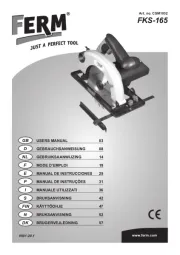Sun Joe SWJ700E Manual
Sun Joe
savemaskine
SWJ700E
| Mærke: | Sun Joe |
| Kategori: | savemaskine |
| Model: | SWJ700E |
Har du brug for hjælp?
Hvis du har brug for hjælp til Sun Joe SWJ700E stil et spørgsmål nedenfor, og andre brugere vil svare dig
savemaskine Sun Joe Manualer

13 September 2024

22 August 2024

19 August 2024

16 August 2024

15 August 2024

5 August 2024

4 August 2024

3 August 2024

3 August 2024

3 August 2024
savemaskine Manualer
- Herkules
- Varo
- Makita
- Atika
- Echo
- FIXIT
- Baumr-AG
- Texas
- Snow Joe
- Draper
- Silverline
- Avantco
- Luxor
- CMI
- Batavia
Nyeste savemaskine Manualer

15 Oktober 2024

15 Oktober 2024

15 Oktober 2024

14 Oktober 2024

13 Oktober 2024

12 Oktober 2024

11 Oktober 2024

11 Oktober 2024

9 Oktober 2024

6 Oktober 2024
